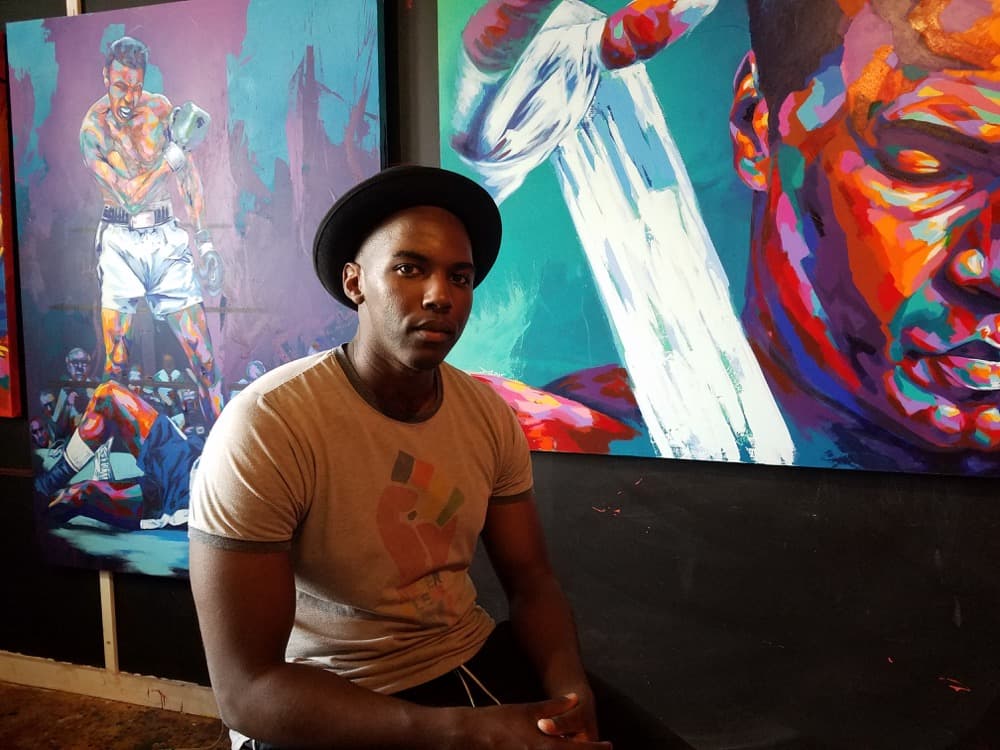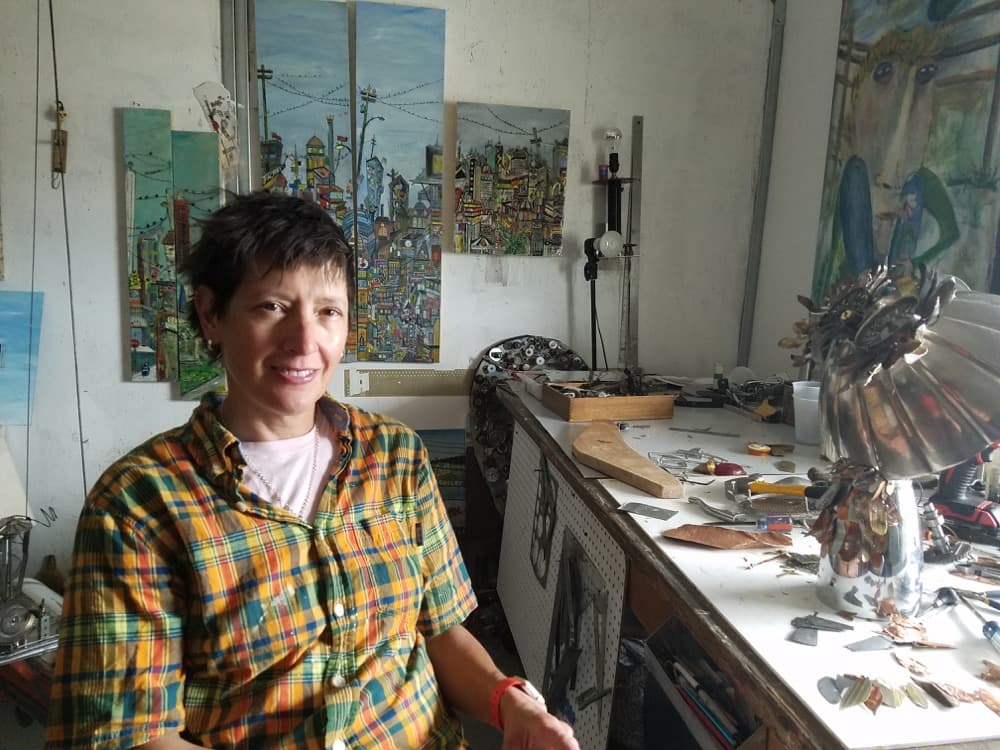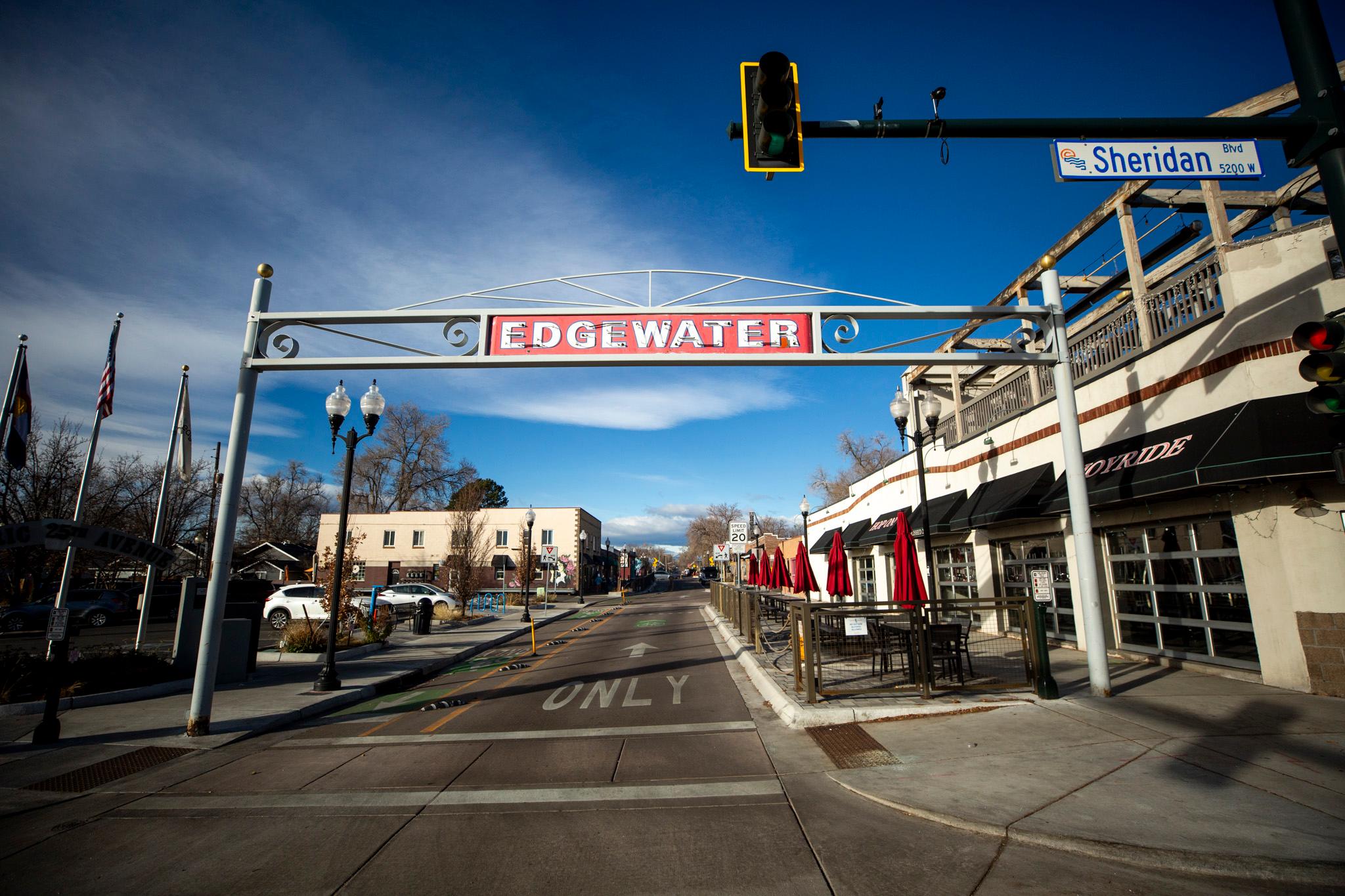Last year, Denver artist Roxanne Rossi was on her sixth art workspace studio. Now it's on to number seven.
She's among the artists who'll be moving to Zeppelin's new Globeville Riverfront Arts Center after the company chose to demolish the studios in Wazee Union. Now a mixed-use office project is planned to take its place at 35th and Wazee. Moving sucks, she admits, plus her rent is going up.
Rossi says she was part of the community of artists that started in the River North area, which is now considered an arts district. Before that, LoDo was the affordable area for artists. Now it could be Globeville. It's part of a long churn that pushes artists from place to place.
There are efforts to stem the tide of artists leaving RiNo, like the ArtSpace community planned by the Minneapolis nonprofit and the city of Denver. But as Colorado Public Radio reports, that's not expected to break ground until 2019. Meanwhile, Rossi's considering moving to Tuscon.
How does Denver's art community navigate the ever-shifting ground? I went to the Temple, an affordable art studio space in Curtis Park to find out.

Thomas Evans, who's also known as Detour, feels pretty comfortable with his current space at the Temple in Curtis Park. It's his first as an artist and he believes in owner Adam Gordon's conviction to keep the space affordable.
But not all of his artist friends are so lucky, and that affects the art that they can produce.
"If you gotta worry about not having a space, it affects the timeline of projects," he says.
And if artists disperse across the city over time, that could hurt the overall community. There's a synergy that comes with sharing ideas, Evans says, and he draws on it when he's in his studio around other artists.

Upstairs, Lori Owicz plans to stay for a while, or as long as it's affordable anyway. She's been in the Denver art scene since 2005, when she was managing an art gallery on Tennyson Street. That closed in 2011 when the area redeveloped into bars and restaurants.
"[Affordability has] been Adam Gordon's focus and I'm going to believe it," she says. Still, "you never know if someone is going to come in and offer a huge sum of money that you can't refuse."
For now, the Temple charges about $1.25 per square foot, according to the Denver Post. Owicz says that affordability gives her security, which is crucial.
"Me personally, it's my surroundings. I need to feel safe in my surroundings.
The future Denver's art scene is "scary" right now, says Owicz, but she's hoping it'll settle down. Either way, she doesn't expect Denver's art scene to disappear.
"I can't imagine Denver not having an art scene," she says. "We've just come so far."
RiNo Art District Creative Director Tracy Weil shares that conviction.
"My philosophy is that if there's a 200-unit apartment building going up next to my studio, those are 1,000 walls that can be filled with art," Weil says.
But he's aware and concerned about the loss of affordable spaces too.
"When things like Wazee Union happened, where you lose 50 in a big shot, that definitely hurts," he says. "I always pitch to artists that they either buy or create a long-term sustainable model for themselves because you never know."
Weil points to efforts like the ArtSpace building, the business improvement district, his ambition to have 1,000 studio spaces in RiNo and possible makerspaces to keep the district vital and accessible to artists.
"It's definitely a challenge ... We're not dead yet. We're actually still growing and changing and adapting."












